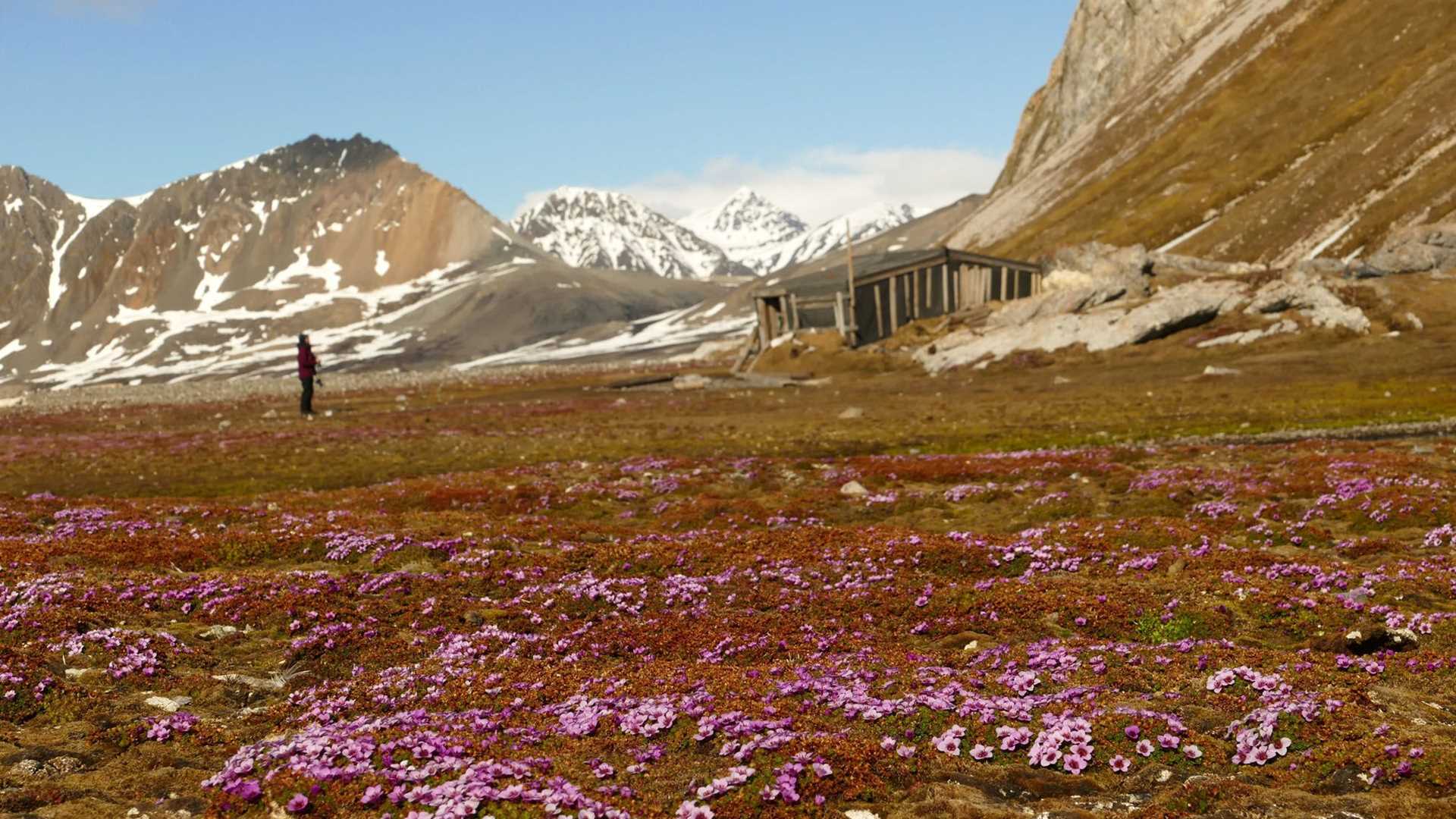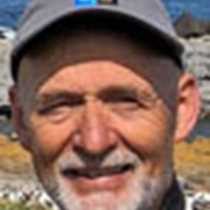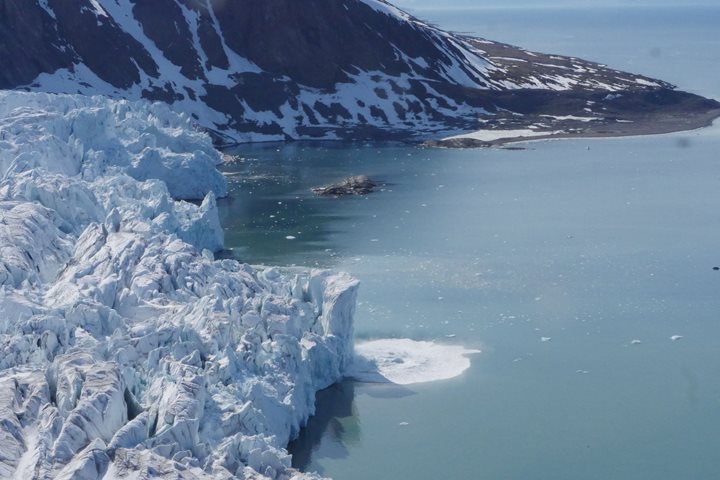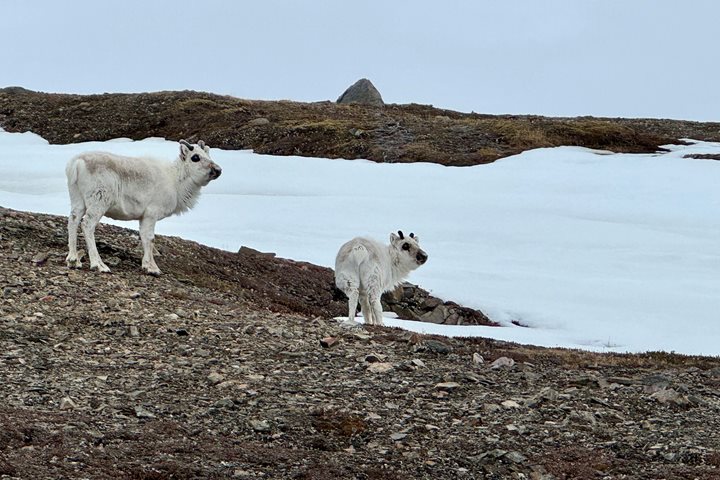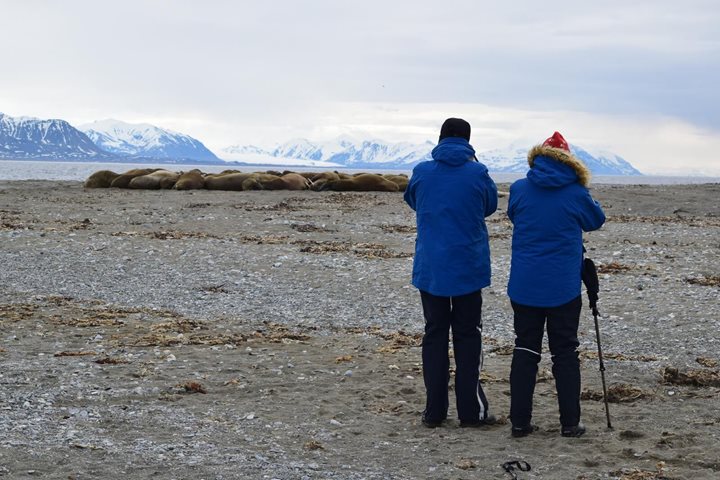Last night, National Geographic Explorer sailed from Storfjorden around the southern tip of Spitsbergen to Hornsund, one of the most spectacular fjords in Svalbard. After breakfast, we were set ashore near a trappers’ cabin at Gnålodden. The name means “noisy point” and is known to derive from the sound of thousands of kittiwakes nesting on the sheer cliff above. Below, lush carpets of grass, moss, and purple saxifrage provided an ideal feeding ground for arctic geese. Gnålodden is a perfect example of the link between geology, nutrients from the sea, and plant and animal life. In the 18th and 19th century, man was the top predator, basing his hunting station on this productive ecosystem. By noon, the wind had picked up, but we were able to go for a Zodiac cruise in Burgerbukta. A few very scenic glacial fronts along the coastline were the highlight of our afternoon.
Call +1.800.397.3348 or contact your travel advisor

